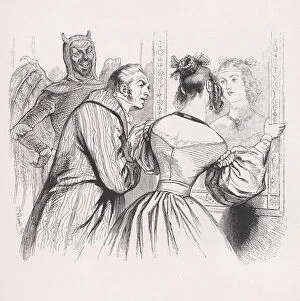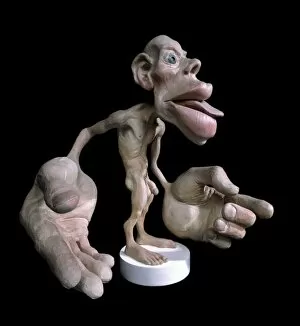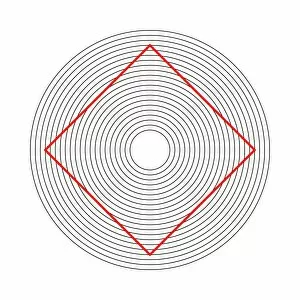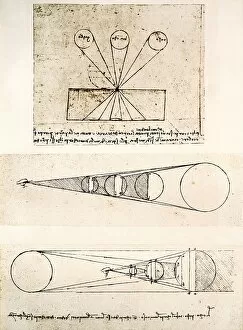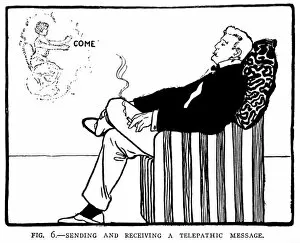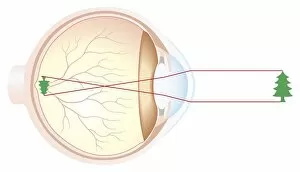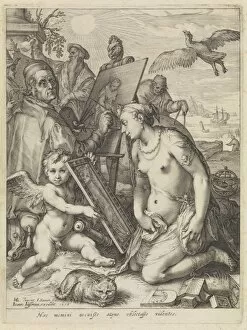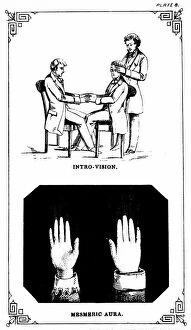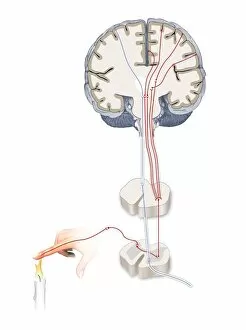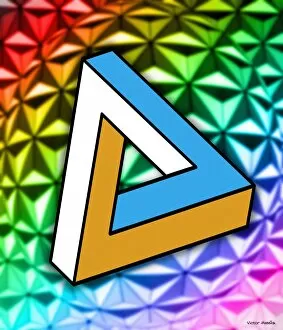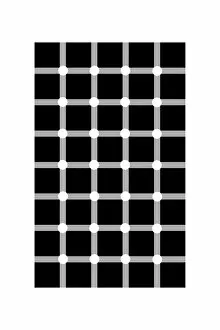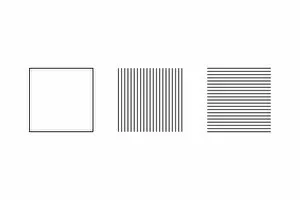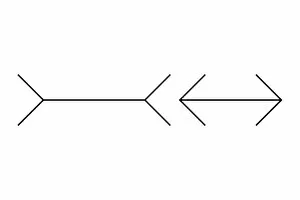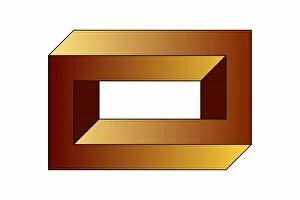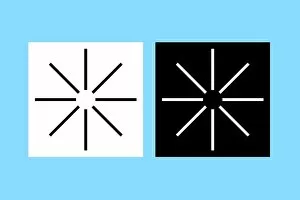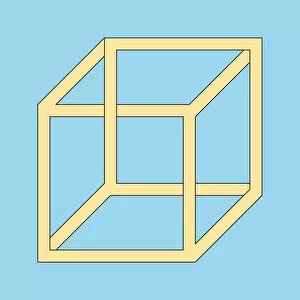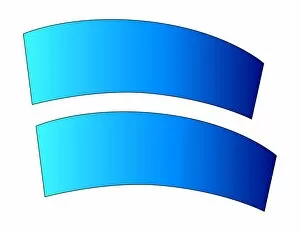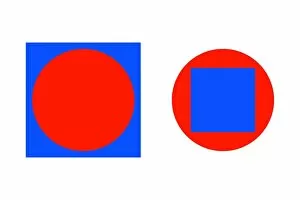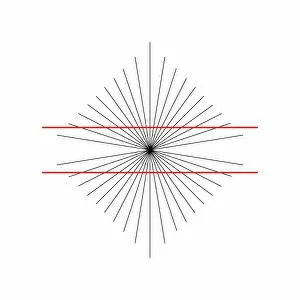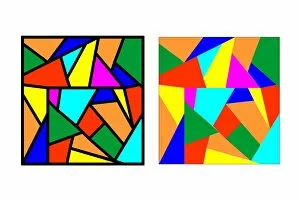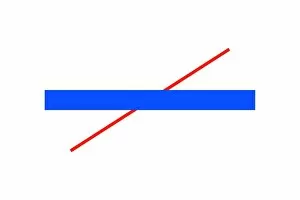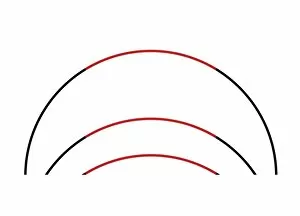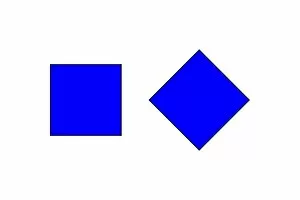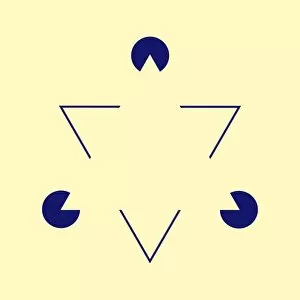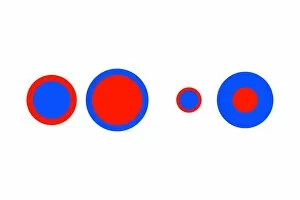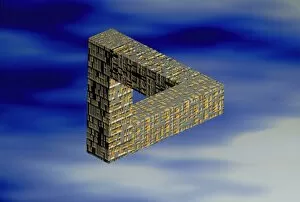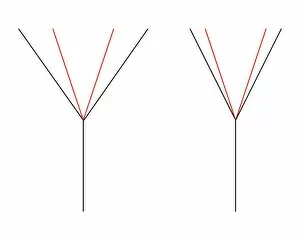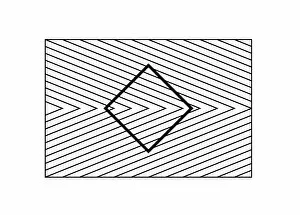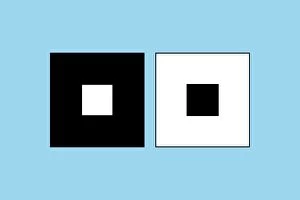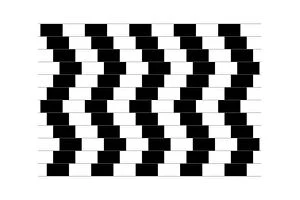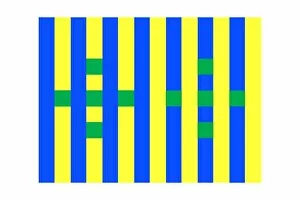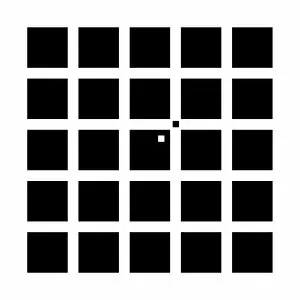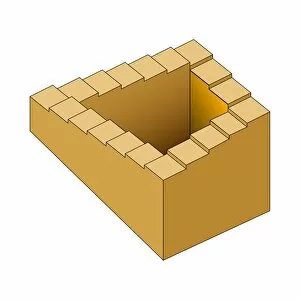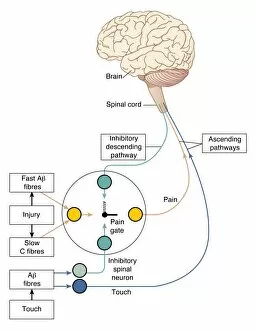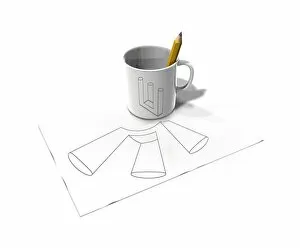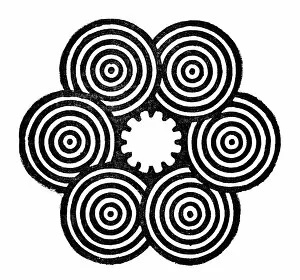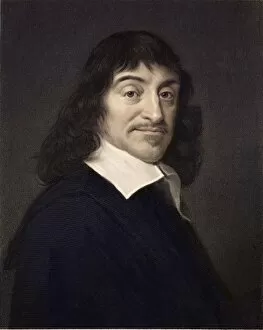Perception Collection (page 2)
"Perception: Unveiling the Intricate Tapestry of Our Minds" Step into a world where reality dances with illusion, and perception reigns supreme
For sale as Licensed Images
Choose your image, Select your licence and Download the media
"Perception: Unveiling the Intricate Tapestry of Our Minds" Step into a world where reality dances with illusion, and perception reigns supreme. From the enigmatic Rorschach Inkblot Test to the captivating Sensory Homunculus, our minds unravel mysteries hidden within. Behold the Phrenological Head, a scrap of history that once sought to map our thoughts onto physical contours. Yet, it reminds us that perception is not confined to mere anatomy but extends beyond tangible boundaries. Marvel at the Hollow-Face Illusion artwork, where faces deceive as they appear convex instead of concave. It challenges our visual senses and beckons us to question what we truly see. Delve into the intricate diagram of the inner ear, revealing its auditory canal, eardrum, semicircular canals – conduits for balance – cochlea nerve and eustachian tube. Perception intertwines with sound as vibrations transform into meaningful melodies within our minds. Witness George Berkeley's wisdom unfold before your eyes; this Irish philosopher questioned whether objects exist without being perceived. He invites us to ponder how much of reality lies in our own perceptions. Return to the mesmerizing Rorschach Inkblot Test; ink patterns mirror fragments of ourselves back at us. They become mirrors through which we explore our innermost thoughts and emotions. Challenge your senses with the Goblet Illusion; two profiles merge seamlessly into one chalice or vice versa. It showcases how they are shift effortlessly between multiple interpretations. Ascend Penrose Stairs' artistic creation; an optical paradox defying logic as steps lead endlessly upwards or downwards in an impossible loop. Perception confronts reason here, urging us to question what seems impossible yet appears so real. Encounter Ouchi Illusion's unsettling embrace; hands intertwine in a disconcerting manner challenging spatial awareness itself. Our brains grapple with conflicting signals from sight and touch - perception becomes a battleground. Finally, gaze upon the Impossible Triangle artwork.


